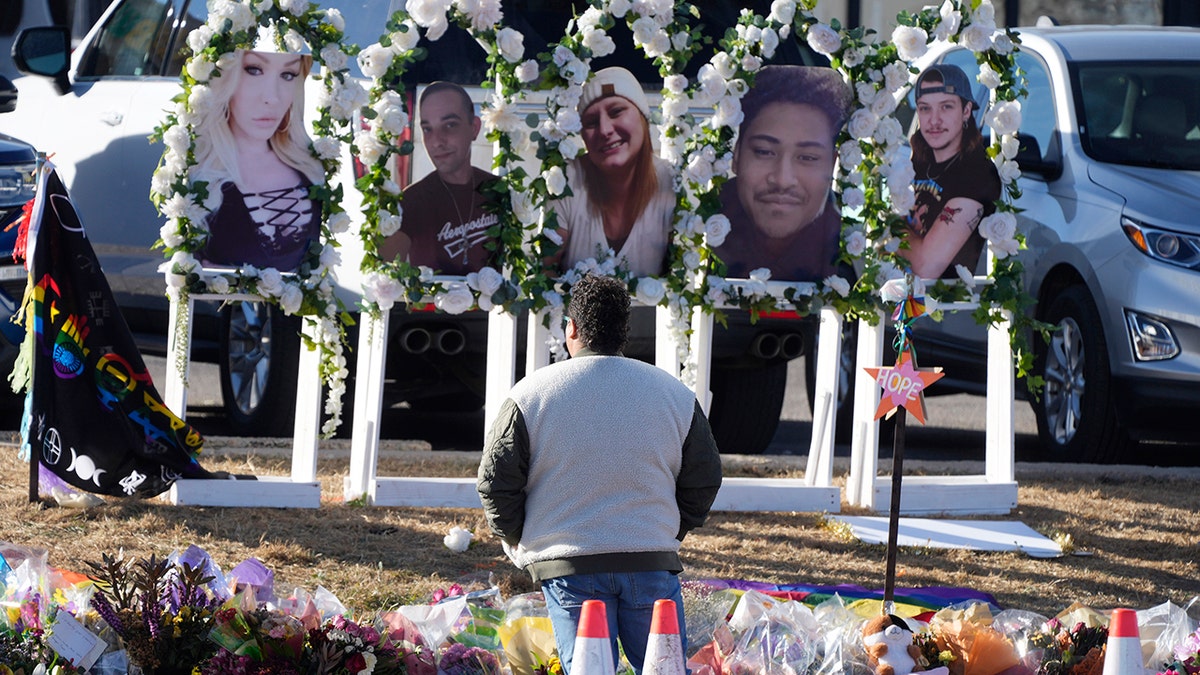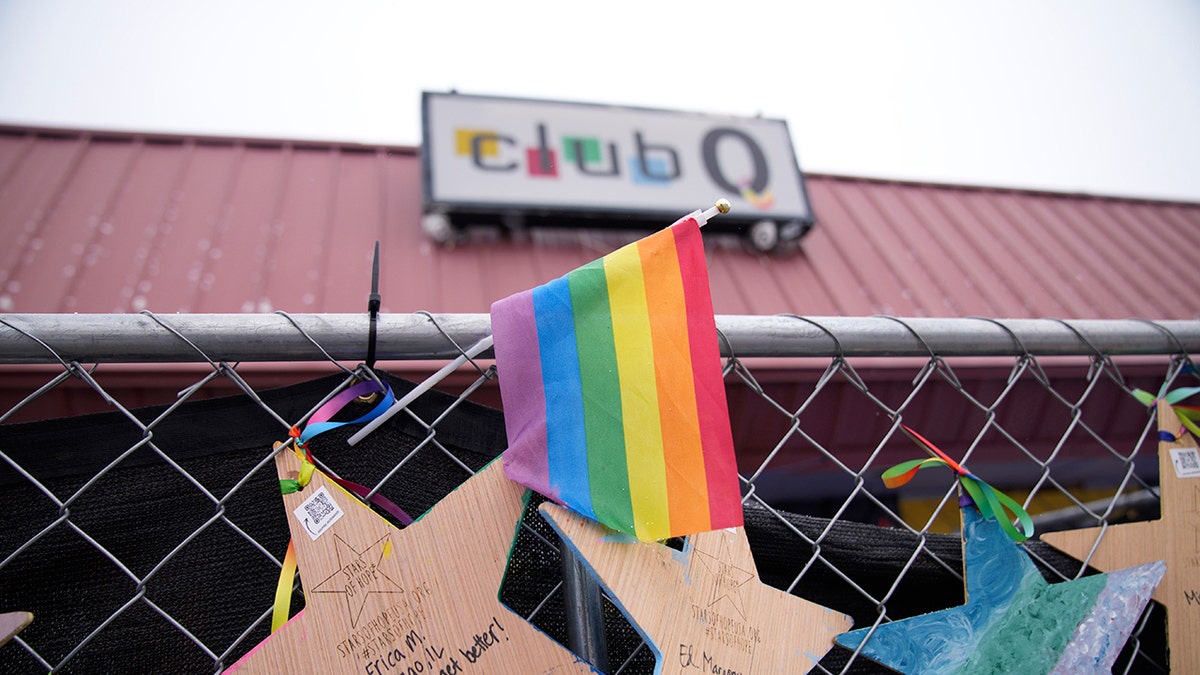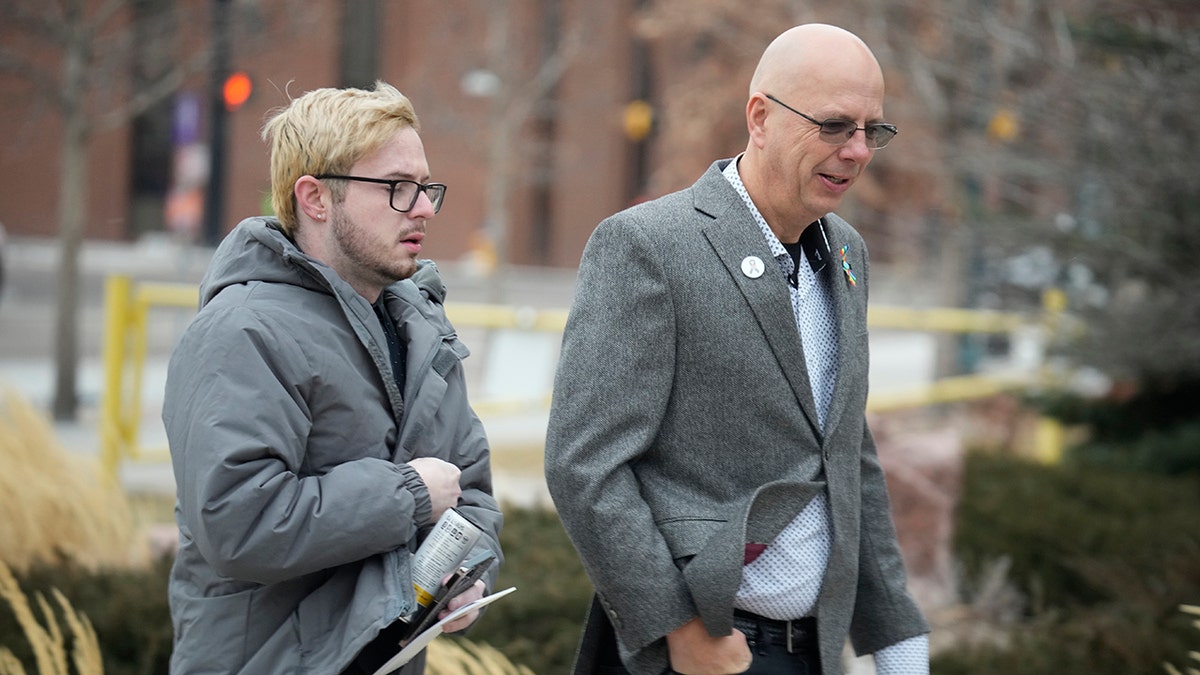Colorado Club Q shooting suspect seen in court for first time
Colorado Club Q shooting suspect Anderson Aldrich was seen Wednesday in court for the first time. (KXRM)
Colorado Springs investigators testified Wednesday that accused Club Q shooter Anderson Lee Aldrich ran a neo-Nazi website and used gay and racial slurs while gaming online, while the defense countered that the "nonbinary" suspect’s abusive mother forced the 22-year-old to frequent LGBTQ clubs.
Though testimony from police during a court hearing is expected to wrap up Thursday, prosecutors have been making a case for a pre-meditated attack on Club Q last year that was inspired by a "neo-Nazi White supremacist" shooting training video.
They are trying to convince a judge that there is enough evidence to put Aldrich on trial for over 300 charges, including murder and bias-motivated crimes.
However, on the first day of the hearing Wednesday, Aldrich’s lawyers countered with a picture of a suspect under the influence of drugs and forced by their troubled and sometimes abusive mother to go to LGBTQ clubs and as someone who has expressed remorse for the November shooting.

Anderson Lee Aldrich, seen beaten in his mugshot after the Club Q shooting, reportedly shook during a court hearing Wednesday that will decide whether there is enough evidence for a trial. (Colorado Springs Police Department via AP, File)
The defense also brought up Aldrich’s mental health for the first time, showing photographs of pill bottles for drugs that Aldrich, who claims to identify as nonbinary and uses the pronouns they and them, had been prescribed to treat mental illness, such as schizophrenia, bipolar disorder and PTSD.
However, defense attorney Joseph Archambault did not say if Aldrich had been formally diagnosed with any of those mental illnesses.
At this stage, Judge Michael McHenry must only decide whether prosecutors have shown during this week's hearing that there is probable cause that Aldrich committed the crimes charged with in order for the case to move ahead to a trial. At a trial, prosecutors are held to a higher standard and must prove guilt beyond a reasonable doubt to convince jurors to convict.
Unlike other crimes, hate crime charges require prosecutors to present evidence of a motive — that Aldrich was driven by bias, either wholly or in part.
Although Aldrich identifies as nonbinary, someone who is a member of a protected group such as the LGBTQ community can still be charged with a hate crime for targeting peers. Hate crime laws are focused on the victims, not the perpetrator.
The lead detective in the shooting, Rebecca Joines, testified Wednesday that Aldrich posted the neo-Nazi video, which featured attacks on synagogues and mosques abroad, including on two mosques in New Zealand in 2019, on a website Aldrich either created or administered. Joines said Aldrich had not created the video, which has been posted by many others online.

Portraits of the victims of a mass shooting at a gay nightclub are displayed at a makeshift memorial near Colorado Springs. A hearing is to conclude Thursdays to determine is the accused shooter will stand trial. (AP Photo/David Zalubowski, File)
Aldrich also shared an image of a rifle scope trained on a gay pride parade and often used an anti-gay slur, according to two online acquaintances interviewed by investigators, Joines said.
Investigators also heard from an acquaintance that Aldrich said their mother, Laura Voepel, is nonbinary and forced Aldrich to go to LGBTQ clubs, Joines testified.
Joines discussed police calls to the apartment that Aldrich and Voepel shared for Voepel’s suicide attempt and overdose.
During one call, Aldrich indicated feeling unsafe in the apartment, Joines acknowledged.
Joines said that while identification scanning technology showed Aldrich had been to the club at least six times before the shooting, there were no fights or disturbances during those visits, which each lasted just a few minutes. The defense showed a photo that appeared to be a selfie of Aldrich and Voepel smiling at Club Q in August 2021.

The Club Q accused shooter is charged with 305 counts. (AP Photo/David Zalubowski)
On the night of the shooting, authorities say Aldrich went to the club, left and then returned. Surveillance video showed Aldrich entering the club wearing a red t-shirt and tan ballistic vest while holding an AR-style rifle, with six magazines for the weapon and a pistol visible, police Detective Jason Gasper said. Soon after entering, Aldrich allegedly opened fire indiscriminately.
The shooting was stopped when Navy Information Systems Technician Petty Officer 2nd Class Thomas James grabbed the barrel of Aldrich’s rifle, burning his hand it was so hot, Detective Ashton Gardner said.
As panicked patrons fled from the dance floor, James and Aldrich tumbled off a landing and struggled over a handgun. Aldrich fired at least once, shooting James in the ribs, Gardner said.
After being shot, it is clear from the video that James was tiring, "but he continues to do what he can to subdue the suspect until police arrive," Gardner testified, noting that James later gave up his spot in an ambulance to someone else who was injured. Army veteran Richard Fierro rushed over to help, grabbing the rifle and throwing it, Gardner said.

Michael Anderson, left, a survivor of the Club Q shooting, walked with the club's co-owner, Matthew Haynes, into the El Paso County courthouse for a preliminary hearing for Anderson Lee Aldrich. (AP Photo/David Zalubowski)
Fierro then used the handgun to beat Aldrich, telling officers later that he "kept hitting" the suspect until they arrived.
CLICK HERE TO GET THE FOX NEWS APP
Joines said evidence also indicates that Aldrich was considering livestreaming the attack.
The Associated Press contributed to this report.


